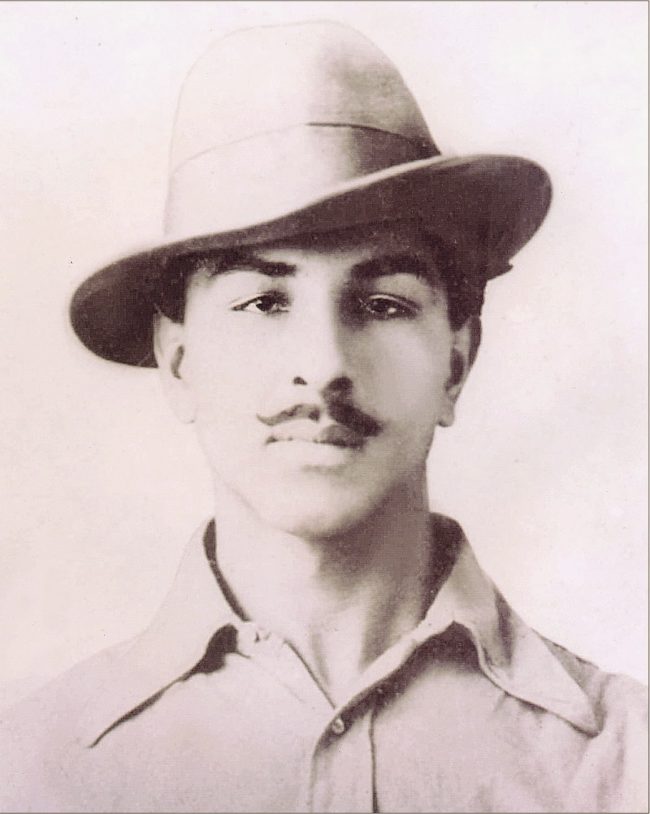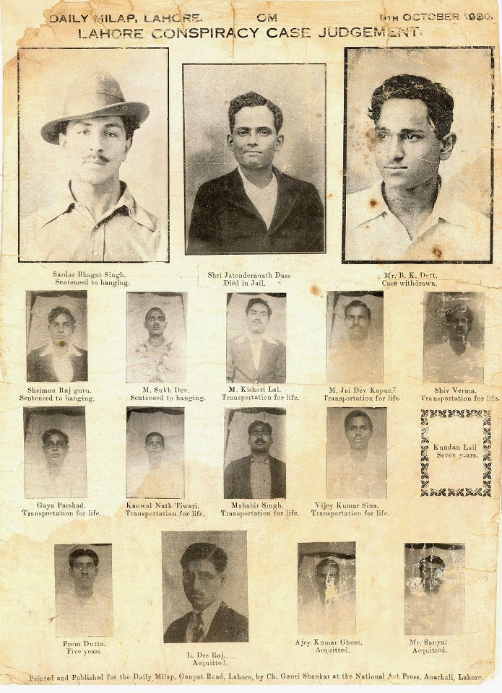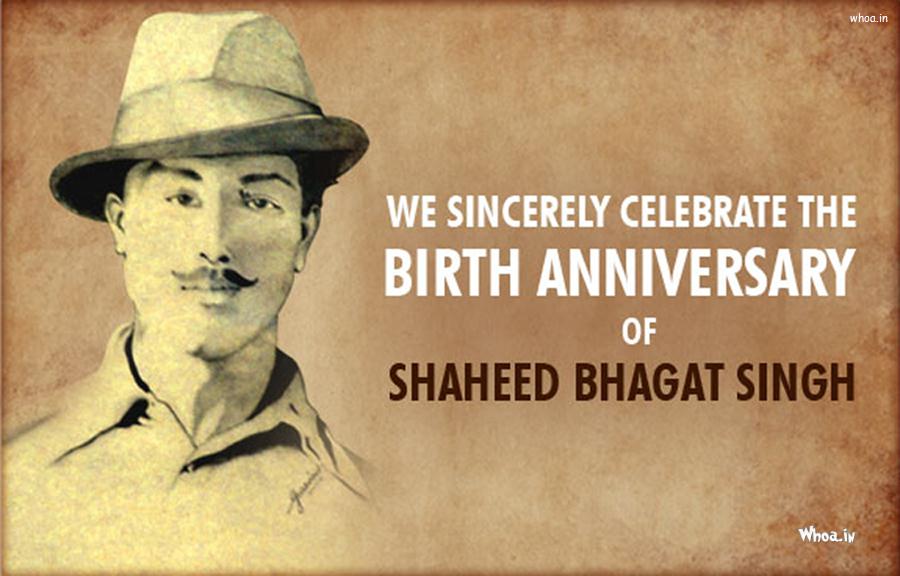
Bhagat Singh is one such name which everyone in our nation has heard about. He is the most celebrated freedom fighter who sacrificed his life for the nation. Singh is also popularly known as Shaheed-e-Azam Bhagat Singh. He was born on 28th September 1907 in a village named Banga, Lyallpur (now in Pakistan).
There was a spirit of martyrdom inside him since his childhood. He threw leaflets in the Central Assembly on 9th April 1929 which said, “It is easy to kill individuals but you cannot kill the ideas. Great empires crumbled while the ideas survived.”
In light of his birthday, here is a list of some interesting facts about Bhagat Singh.
- Bhagat Singh left home and went to Kanpur when his parents tried to get him married. He said that if he married in slave India,”my bride shall only be death.” Later, he joined the Hindustan Socialist Republican Association (HSCA).
- Singh, along with Sukhdev wanted to avenge Lala Lajpat Rai’s death. Together, they were going to kill the Superintendent of Police – James Scott, in Lahore. However, due to mistaken identity, the Assistant Superintendent of Police – John Saunders was shot.
- Though born and brought up in a Sikh family, he cut his hair short and shaved his beard in order to prevent himself from being recognized and captured for the killing. This way, he was able to run from Lahore to Calcutta.
- Almost a year later, he along with Batukeshwar Dutt, dropped bombs in the Central Assembly Hall in Delhi and yelled “Inquilaab Zindabaad!” This time, he did not run and got himself arrested.
- When the interrogation was going on, the Britishers came to know about his involvement in the murder of John Saunders from the previous year.
- During his trial, he never attempted to defend himself; rather he used this opportunity to spread the idea of India’s freedom.

- He was found guilty and a death sentence was pronounced on 7th October, 1930.
- During his time in jail, he went on a hunger strike against the practice of treating foreign prisoners in a better way as compared to the Indian prisoners.
- He was supposed to be hanged on 24th March 1930. However, it was preponed by 11 hours and he was hanged on 23rd March 1931 at 7:30 pm.
- It is believed that no magistrate wanted to supervise the hanging. When the original death warrants expired, an honorary judge signed the new warrant and oversaw the hanging.
- It is said that Singh walked to the gallows with a smile on his face. His last words of defiance were, “Down with British Imperialism.”
Though he died at a young age of 23, his actions inspired all the youngsters of the nation to step up the fight for India’s freedom. In this way, he played a pivot role in getting India its much-awaited freedom.








